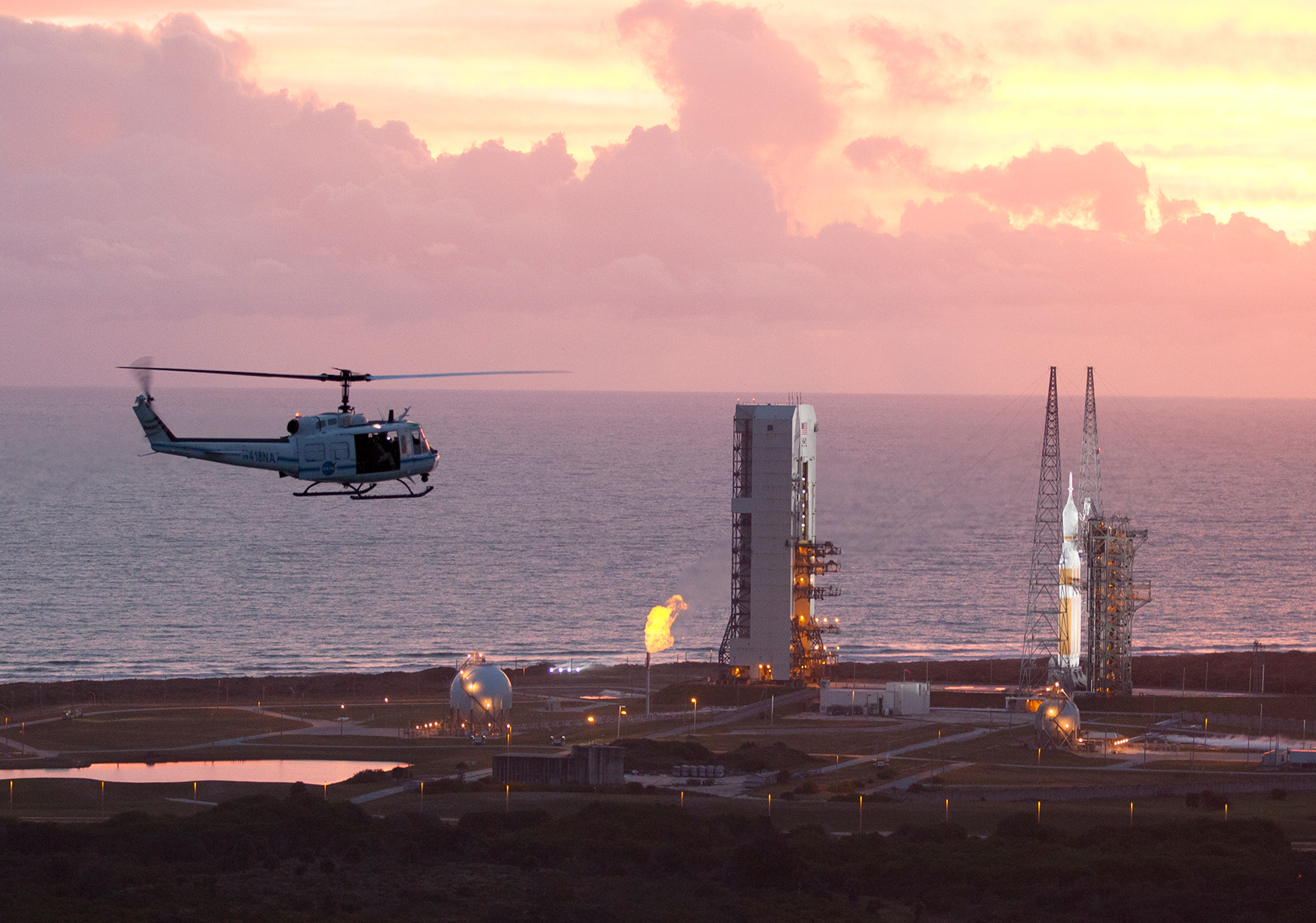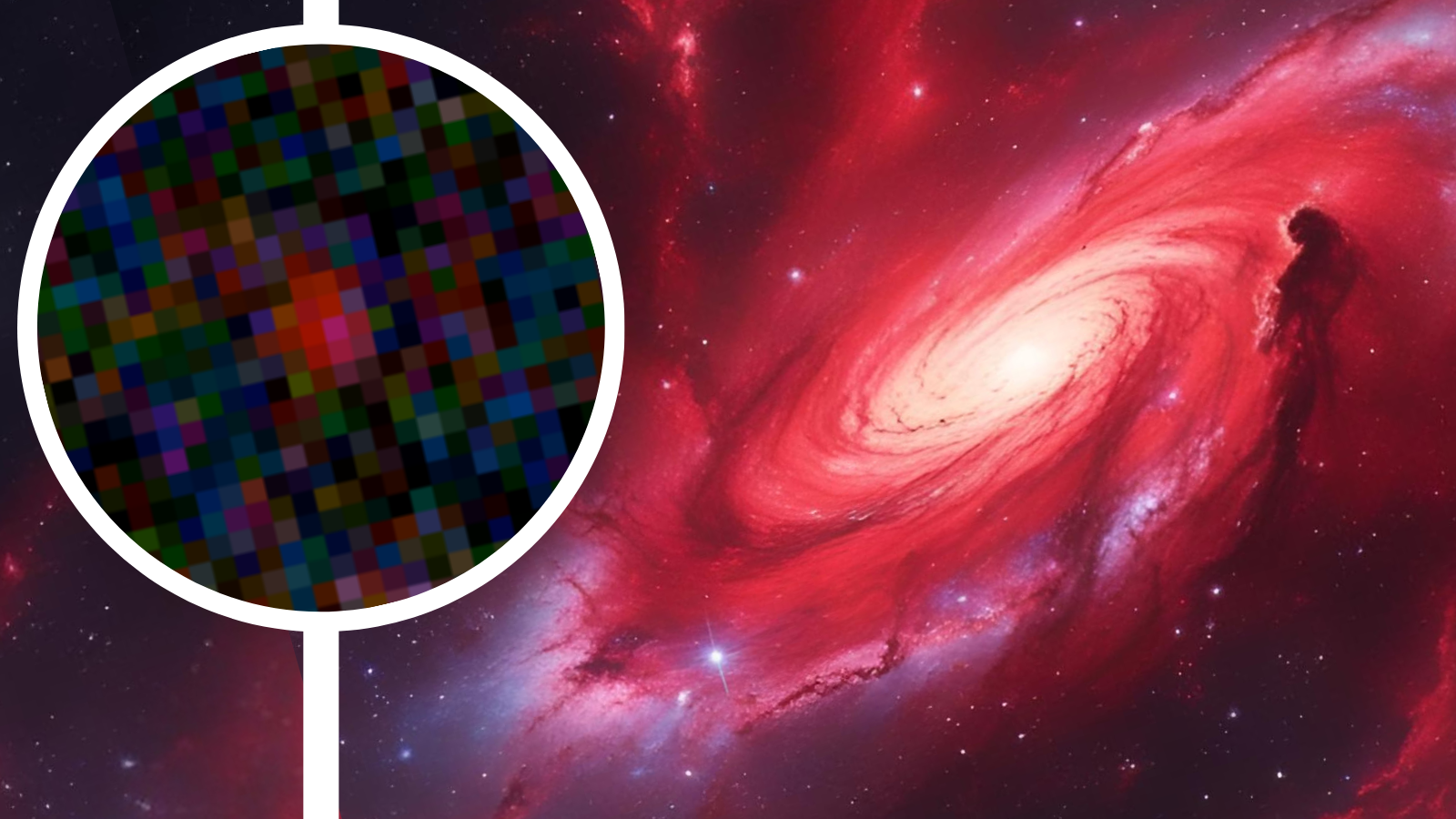NASA to Make 2nd Attempt to Launch Orion Space Capsule: Watch It Live

CAPE CANAVERAL, Fla. — NASA will attempt to launch its new deep-space capsule on Friday (Dec. 5), one day after a rocket glitch scrapped plans to send the spacecraft on its ambitious first test flight.
NASA's Orion deep-space capsule was scheduled to launch to space for a rigorous, uncrewed test flight Thursday morning (Dec. 4) from Cape Canaveral Air Force Station here, but high winds, a wayward boat on the range and an issue with the mission's Delta 4 Heavy rocket, which is built by United Launch Alliance, got in the way. Officials are now resetting to try to launch Friday morning instead.
"We'll go make sure we have a happy rocket," United Launch Alliance chief operating officer Dan Collins told reporters during a post-scrub news conference Thursday. [NASA's Orion Test Flight: Full Coverage]
You can watch the Orion launch attempt live on Space.com via NASA TV starting at 6 a.m. EST (1100 GMT) on Friday. The launch window opens at 7:05 a.m. EST (1205 GMT) and runs through 9:44 a.m. EST (1444 GMT).
The stray boat and strong winds helped scuttle the first two launch attempts Thursday, but Orion could still have blasted off in the latter part of its window if not for the rocket glitch. Several of the Delta 4 Heavy's "fill and drain" valves didn't close properly, and engineers are still trying to figure out why.
"This is something we've seen on one previous Heavy launch where we had a long window and gone quite a ways into the window," Collins said. "We're off today, going to execute the same procedures that we did after that last attempt. We're very confident that we're going to be able to exonerate the hardware and then make an attempt, get going on console again early on Friday morning."
At the moment, weather is looking less than ideal. However, wind conditions should improve, according to officials. There is about a 40 percent chance of good weather during the Friday launch window.
Get the Space.com Newsletter
Breaking space news, the latest updates on rocket launches, skywatching events and more!
Once in space, Orion will make two orbits of Earth. Its second orbit will take it 3,600 miles (5,793 kilometers) above the planet, higher than any spacecraft designed for humans has been in more than 40 years.
The 4.5-hour flight test — called Exploration Flight Test-1 — is designed to help engineers gather information about how the capsule's major systems — such as its parachutes, computers and heat shield — work in the harsh space environment. Orion is expected to splash down and be retrieved by U.S. Navy officials in the Pacific Ocean.
NASA is developing Orion to help take astronauts farther from Earth than they've ever gone before. The capsule is a critical part of the agency's plan to send people to a captured near-Earth asteroid in lunar orbit by 2025, then on to Mars by the mid-2030s.
Follow Miriam Kramer @mirikramer. Follow us @Spacedotcom, Facebook and Google+. Original article on Space.com.
Join our Space Forums to keep talking space on the latest missions, night sky and more! And if you have a news tip, correction or comment, let us know at: community@space.com.

Miriam Kramer joined Space.com as a Staff Writer in December 2012. Since then, she has floated in weightlessness on a zero-gravity flight, felt the pull of 4-Gs in a trainer aircraft and watched rockets soar into space from Florida and Virginia. She also served as Space.com's lead space entertainment reporter, and enjoys all aspects of space news, astronomy and commercial spaceflight. Miriam has also presented space stories during live interviews with Fox News and other TV and radio outlets. She originally hails from Knoxville, Tennessee where she and her family would take trips to dark spots on the outskirts of town to watch meteor showers every year. She loves to travel and one day hopes to see the northern lights in person. Miriam is currently a space reporter with Axios, writing the Axios Space newsletter. You can follow Miriam on Twitter.
